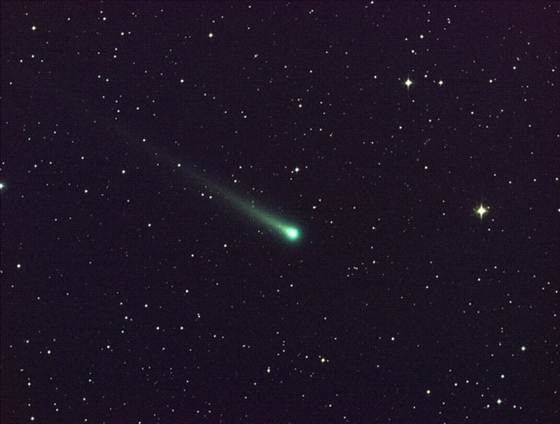
A comet is a body of rock and ice that travels through the solar system. Most comets reside at the outer reaches of our solar system in the Oort cloud; however, the orbit of a sun-grazing comet, like Comet ISON, will catapult it on a long journey to the inner solar system. As a comet approaches the sun it begins to warm and emit gases, which results in the long tail that can be seen from Earth. As a result of a comet's close encounter with the sun, it could break apart due to the extreme heating and gravity. Because of this, it is difficult to predict how spectacular of a show a comet will give.
At one point, Comet ISON was billed as the possible "Comet of the Century." When it was initially discovered, it was unusually bright considering its distance from the sun. At its closest approach to the sun on Nov. 28, Thanksgiving Day, Comet ISON will be 730,000 miles (1.2 million kilometers) away from the solar surface. If it survives the trip, the comet could put on a great show in December. The closest approach to Earth will be on Dec. 26, 2013. At that point Comet ISON will be just a third of the distance between Earth and the sun.
Comet ISON has brightened enough on its journey toward the sun that it is now visible through a decent pair of binoculars. Currently, it is visible low in the predawn eastern sky near the constellation Virgo.
For more information visit:
http://news.discovery.com/space/astronomy/comet-ison-likely-survive-sun-131010.htm
http://www.nasa.gov/content/goddard/timeline-of-comet-ison-s-dangerous-journey